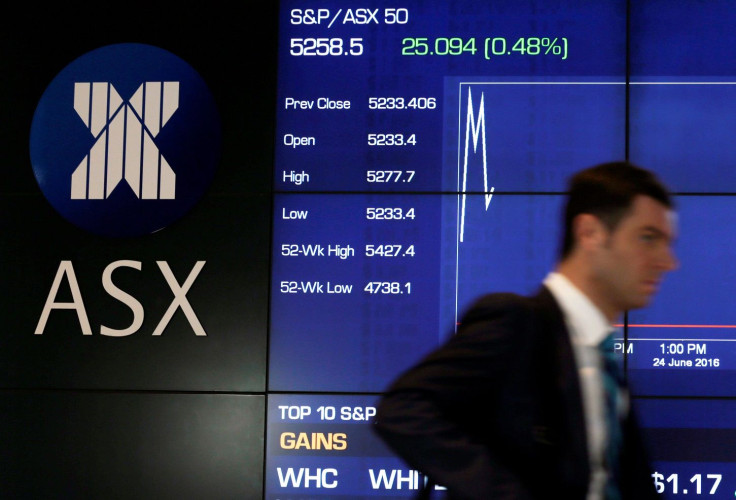S&P places Australia’s ‘AAA’ sovereign debt rating on ‘negative’ watch

The Brexit vote last week may have contributed to uncertainty over the Australian economy, but the likely chances of a hung parliament following the federal election was the factor that resulted in the country’s sovereign debt rating placed on “negative” watch. Standard & Poor’s (S&P) placed the country’s “AAA” sovereign debt rating on “negative” watch from “stable” because of the weakened dollar and stumbling of the local market.
The Australian reports that among the major credit ratings agencies, S&P is the first to change its outlook from “stable” after all three agencies reaffirmed Australia’s “Triple A” status a few days ago. With the S&P change, there is a 33 percent chance the country’s credit rating would be cut in the next two years.
S&P stresses that the main reason behind the change is uncertain federal election result. The agency explains in a statement, “Given the outcome of the July 2 double-dissolution election, in which neither of the traditional governing parties may command a majority in either house, we believe fiscal consolidation may be further postponed.”
The agency adds that the negative outlook is a reflection of its view that unless the Australian government implements more forceful fiscal policy decisions, material government budget deficits are expected to persist for more years with little improvement. S&P notes, “Ongoing budget deficits may become incompatible with Australia’s high level of external indebtedness and therefore inconsistent with a ‘AAA’ rating.”
The change did not surprise Shane Oliver, chief economist of AMP Capital, who wrote, “Australia has now seen slippage in returning the budget to surplus and the messy election outcome threatens more slippage whichever way it goes.” He adds that while a downgrade is not disastrous, it is still is a bad sign for Australia, reports The Guardian. Oliver stresses being on negative watch is not the same as a downgrade since a country could be on “negative” watch for up to two years without a formal downgrade.
VIDEO: S&P puts Australia’s AAA rating on credit watch negative






